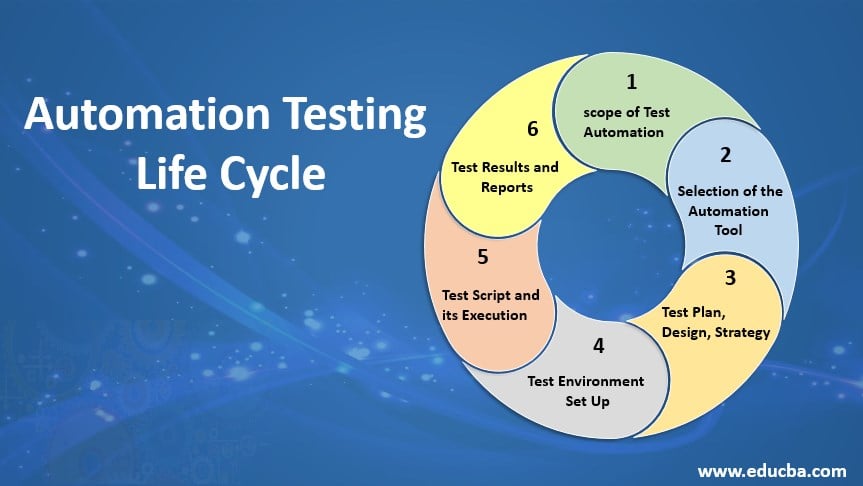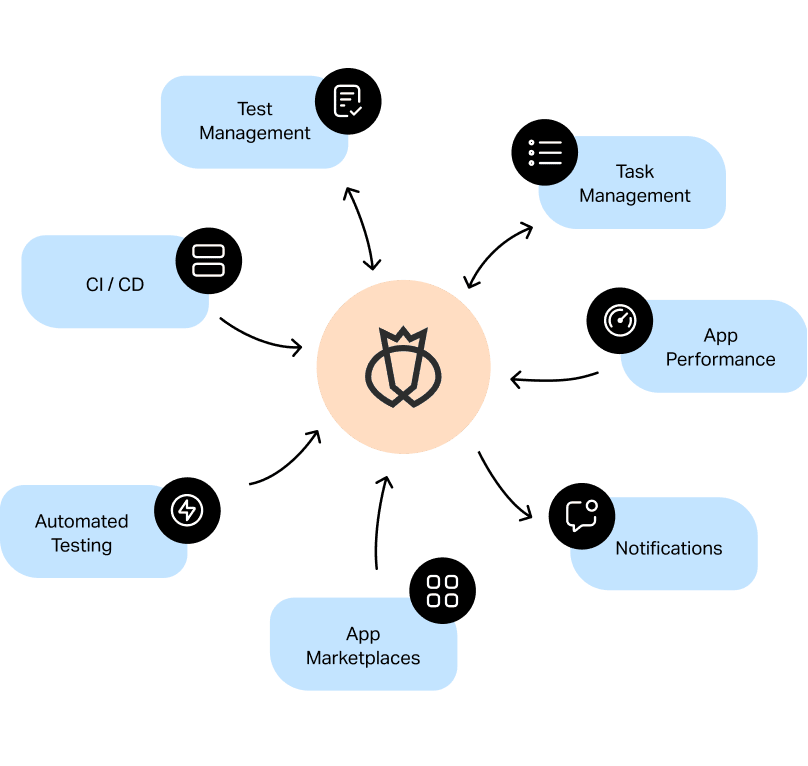Checking out the Future of Automation Testing in Software Program Growth
Checking out the Future of Automation Testing in Software Program Growth
Blog Article
Making Certain Success in Automation Testing: Secret Metrics, Difficulties, and Solutions Every QA Group Ought To Know
In the world of software application high quality assurance, the landscape of automation testing is ever-evolving, demanding a careful approach to ensure seamless procedures. The journey to mastering automation screening is led with nuances that require an eager eye for surveillance, analysis, and continuous enhancement. As the industry propels ahead, the pursuit for optimum performance in automation testing continues to be a constant search, prompting QA groups to outfit themselves with the expertise and approaches important for accomplishment.
Value of Trick Metrics
Comprehending the importance of crucial metrics is important for assessing the performance and performance of automation testing procedures. Key metrics act as measurable procedures that provide useful understandings into various aspects of the testing process, such as test coverage, test implementation time, flaw density, and test instance efficiency. By evaluating these metrics, QA groups can identify traffic jams, inefficiencies, and locations for enhancement within their automation screening framework.
One crucial element of key metrics is their ability to track development and keep track of the total health and wellness of the screening process (automation testing). They allow stakeholders to make educated decisions based on data-driven insights, which can result in more reliable screening methods and far better resource allotment. Furthermore, essential metrics can assist groups set practical goals, gauge the success of automation efforts, and demonstrate the ROI of automation testing initiatives

Typical Obstacles Dealt With
Obstacles generally come across in automation testing processes can substantially influence the total efficiency and effectiveness of QA groups. One of the significant challenges is the choice of the best test cases for automation. Not all examination instances are appropriate for automation, and choosing the incorrect ones can cause thrown away time and sources. In addition, maintaining test scripts can be a difficult job, especially as the application goes through frequent changes. Examination manuscript maintenance requires continual updates and modifications to guarantee they mirror the present performance precisely. Another common obstacle is the initial financial investment needed for establishing automation frameworks and tools. This can be an obstacle for some organizations, particularly smaller sized ones with limited spending plans. Moreover, automation screening might not cover all facets of screening, such as usability and individual experience testing, which still call for hand-operated treatment. Overcoming these challenges needs proper planning, calculated examination instance option, robust maintenance procedures, sufficient resources, and a clear understanding of the restrictions of automation testing.
Efficient Solutions for Difficulties
To deal with the obstacles run into in automation screening, executing effective remedies is crucial for boosting the effectiveness and productivity of QA teams. One key solution is to invest in robust training programs for QA teams to ensure they have the necessary abilities to efficiently utilize automation devices. Training can connect understanding voids, improve understanding of automation structures, and enhance scripting capacities, inevitably leading to much more reliable test development and execution.
An additional essential solution is to develop clear communication channels within the QA group and with other special info stakeholders, such as developers and project supervisors. Efficient interaction helps in straightening expectations, sharing progress updates, and promptly dealing with issues or roadblocks that might occur throughout the automation screening process.

Monitoring and Evaluation Techniques
Carrying out reliable tracking and evaluation techniques is critical for ensuring the success and performance of automation testing processes. Additionally, examining test outcomes and metrics gives important understandings into the high quality of the software application being checked and the performance of the testing technique.
One secret method in tracking and analysis is the usage of control panels that combine relevant metrics and KPIs in a visually easily accessible layout. These dashboards supply a thorough review of examination execution condition, test coverage, problem fads, and various other crucial information. On a regular basis reviewing and analyzing these dashboards can assist QA teams make informed choices, prioritize tasks, and maximize screening efforts.
Additionally, carrying out automated notifies and notifications based on predefined thresholds can boost positive surveillance and timely treatment. By establishing signals for efficiency deviations or examination failings, teams can address issues without delay and prevent them from rising. Overall, surveillance and analysis strategies play a vital role in guaranteeing the efficiency and success of automation screening campaigns.
Constant Enhancement Methods
Enhancing the Discover More Here efficiency of automation screening procedures demands the regular improvement of methods and methods. One key strategy to boosting automation screening processes is to carry out normal evaluations and retrospectives.

Conclusion
To conclude, it is critical for QA groups to comprehend the crucial metrics, difficulties, and services in automation screening to make certain success. By carefully keeping track of and examining information, carrying out efficient solutions to typical difficulties, and continually improving strategies, QA groups can optimize their screening procedures and provide high-grade software. Following these practices will eventually result in extra effective and reliable automation screening methods.
By examining these metrics, QA groups can identify traffic jams, ineffectiveness, and areas for improvement within their automation screening structure.
Additionally, key metrics can help groups set sensible objectives, gauge the success of automation efforts, and demonstrate the learn this here now ROI of automation testing efforts.
Difficulties typically run into in automation screening processes can significantly influence the overall efficiency and efficiency of QA groups. Automation screening may not cover all elements of testing, such as functionality and individual experience testing, which still need hands-on treatment.In conclusion, it is essential for QA teams to comprehend the vital metrics, obstacles, and options in automation screening to make certain success.
Report this page